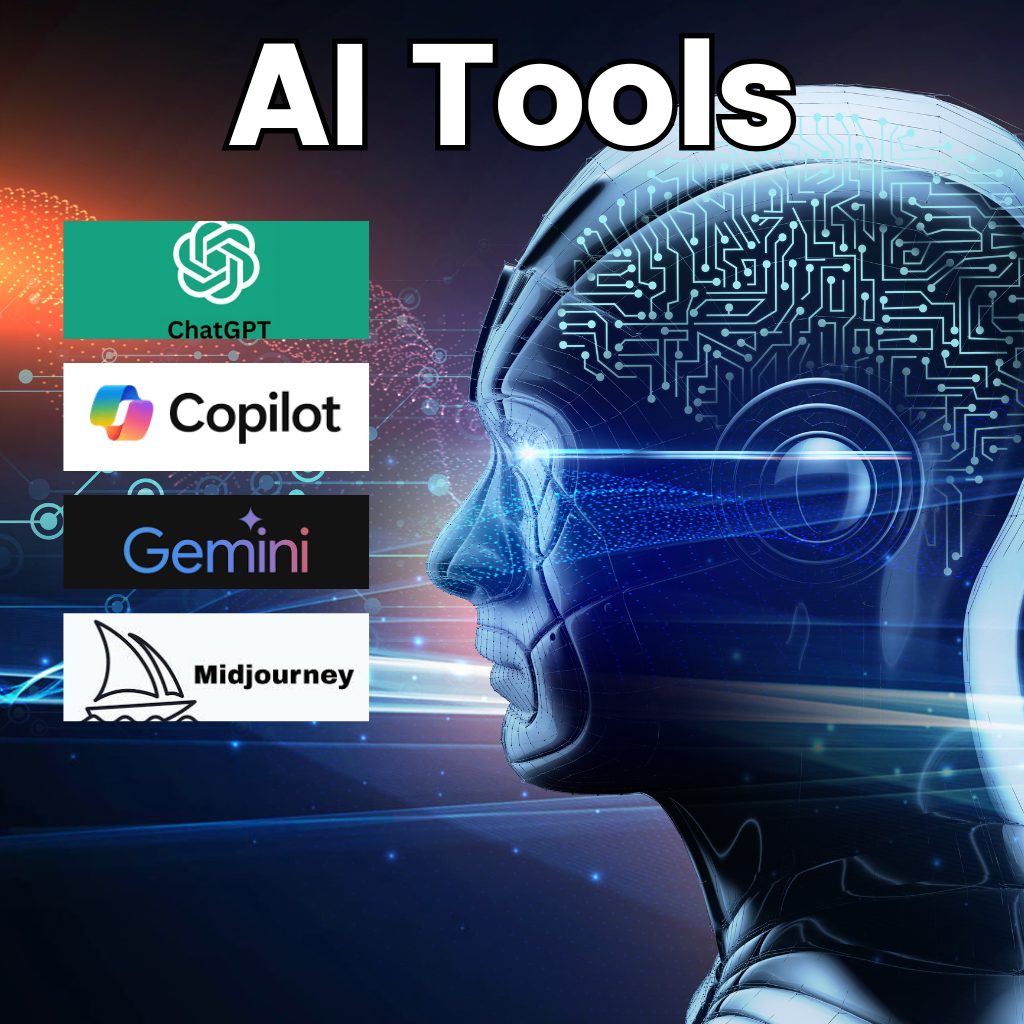Artificial Intelligence (AI) is a branch of computer science focused on building systems capable of performing tasks that would typically require human intelligence. These tasks include learning, reasoning, problem-solving, understanding natural language, and perceiving and interpreting sensory information. AI systems aim to replicate and sometimes exceed human cognitive abilities, with applications in a wide range of fields, from robotics and healthcare to finance and transportation.
Key Types of Artificial Intelligence
Reactive Machines: These AI systems are designed to perform specific tasks based on current inputs without storing past experiences or learning from them. They are limited in scope and are unable to adapt to new or unexpected scenarios. A classic example is IBM’s Deep Blue, which defeated the world chess champion in 1997.
Limited Memory: This type of AI can learn from historical data to some extent. For instance, self-driving cars observe surrounding vehicles over time to make driving decisions. They don’t retain a permanent memory but analyze recent data to act and adapt to new situations.
Theory of Mind: This is a more advanced type of AI that understands human emotions, intentions, and beliefs, enabling more sophisticated interactions. While still largely theoretical, advances in this area are ongoing in fields like human-robot interaction.
Self-Aware AI: This is the most advanced form of AI, which would have consciousness, emotions, and self-awareness. Although still in the realm of science fiction, self-aware AI is often considered the ultimate goal for the future of AI research.
Core Components of AI
Machine Learning (ML): ML is a subset of AI that uses algorithms and statistical models to enable systems to improve their performance on a task through experience. Examples include supervised learning, unsupervised learning, and reinforcement learning.
Natural Language Processing (NLP): NLP enables machines to understand, interpret, and respond to human language. This component is essential in applications like virtual assistants, chatbots, and language translation services.
Neural Networks: Inspired by the structure of the human brain, neural networks consist of layers of interconnected nodes (neurons) and are foundational in deep learning, which powers image and speech recognition systems.
Computer Vision: This area allows AI systems to interpret and make decisions based on visual data, such as images and videos. It’s commonly used in facial recognition, object detection, and autonomous vehicles.
Robotics: Robotics integrates AI to create machines that can perform physical tasks autonomously or semi-autonomously. Applications include industrial automation, healthcare robotics, and self-driving cars.
Applications of Artificial Intelligence
Healthcare: AI helps in diagnosing diseases, developing personalized treatment plans, and even performing surgeries using robotic assistants.
Finance: AI is used in fraud detection, algorithmic trading, and personalized financial advice, among other applications.
Transportation: AI powers autonomous vehicles, optimizes logistics, and enhances traffic management systems.
Customer Service: Virtual assistants and chatbots use AI to provide customer support, answer questions, and manage requests efficiently.
AI continues to evolve, pushing boundaries in various sectors and leading to innovations that reshape our daily lives. Its development raises ethical considerations, particularly regarding data privacy, job displacement, and the need for human oversight to ensure beneficial and responsible AI deployment.






